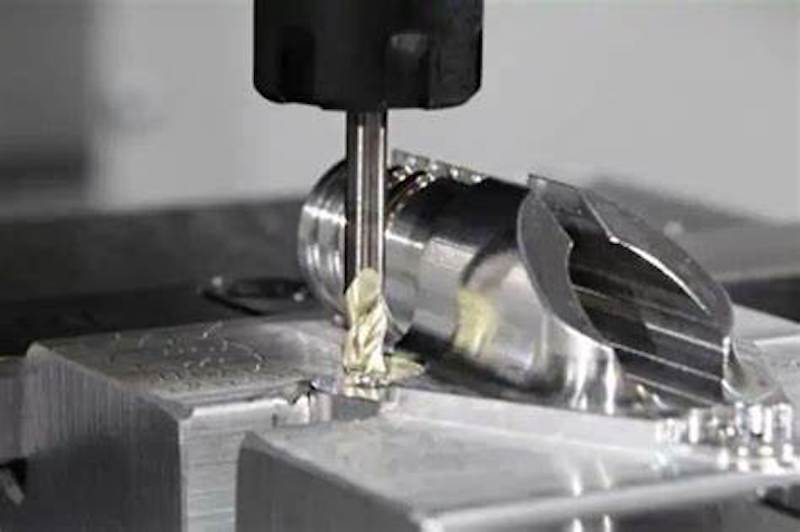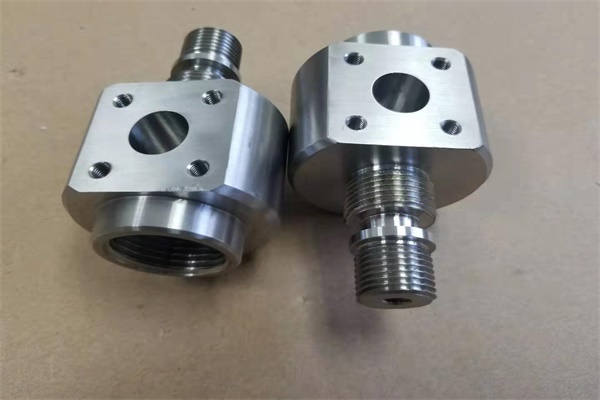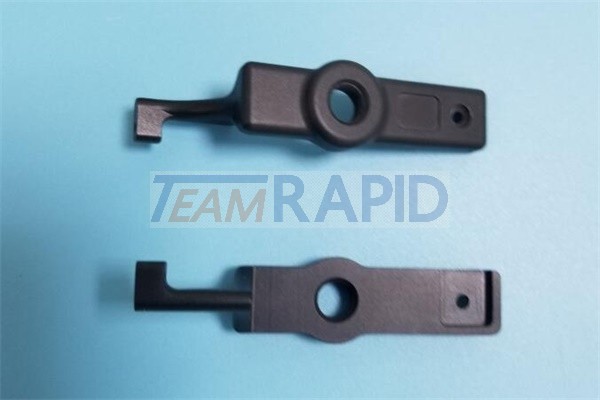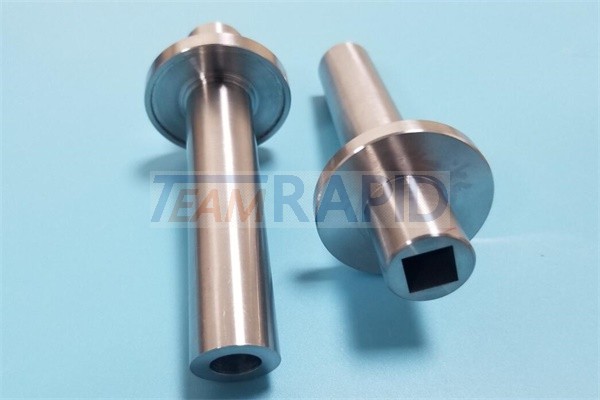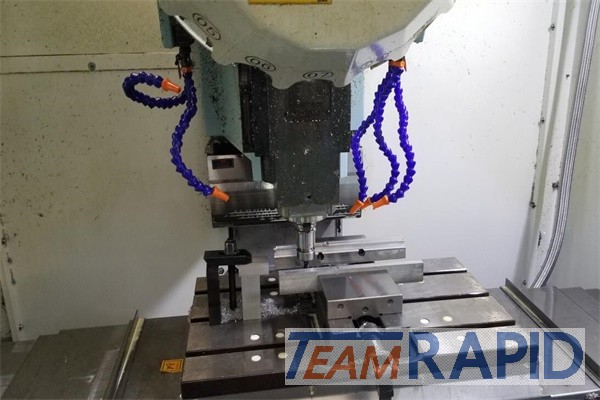Some aspects of the CNC production routine require you to produce intricate parts on the material workpiece called undercuts. Undercuts will give you the benefits that the regular cuts can’t offer. Undercut machining is important, the grooves, spherical shapes, and specialized contours are the various undercuts you can make in your CNC machining project.
Table of Contents
How It Works
Undercut machining works by following a specific procedure in your machining operation. Follow the procedure to ensure the best quality undercuts for your CNC machining project. Here’s how it works:
Undercut machining – Plan the undercut shape you need to make
Undercut machining offers various shapes for different usage purposes. Plan the type of undercut you need to make in your blueprint design. Put the proper sizes and measurements for each part’s length. Also, you can configure the dimensional intricacy for the undercut machined part.
Undercut machining – Prepare the tool for the undercut machining process
Each undercut shape will require different tools to proceed with the undercut machining technique. You must use the proper tool to proceed with the undercutting process. Check the tool’s quality and condition before using it for the machining process.
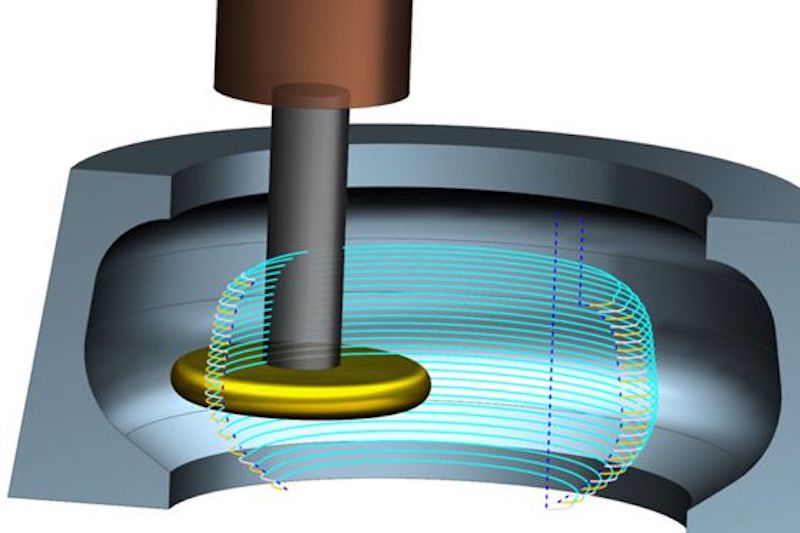
Configure the dimensional requirements
Depending on your project’s requirements, you need to determine the measurements of the undercut part on the material workpiece. Use the undercutting tools with proper size requirements to produce the required measurements. Next, input the proper dimensional measurements into the CNC machining equipment before you run the rapid manufacturing process.
Undercut machining – Perform the undercut machining process
After programming the CNC equipment, you can perform the undercutting process based on your design blueprint. The machine will follow the programmed command and produce the undercuts as you need. You can check the CNC machine’s control center for any problem or issue you might experience.
Inspection and quality checking
This machining process is complete now. It’s time for you to check the quality of the undercut machined part. Inspect the undercut area thoroughly and proceed to the next production step after completing the QC inspection.
The undercut machining procedure will give you the best quality undercuts for your machining works. It is an essential part of any CNC machining assembly work.
Undercut Machining Types
Aside from the regular cutting on the machined parts, you can also create specialized cuts called undercuts. Undercuts are intricately shaped machined cuts that you can use for specialized purposes, such as creating locking mechanisms or gear systems. Here are the different undercut machining types:
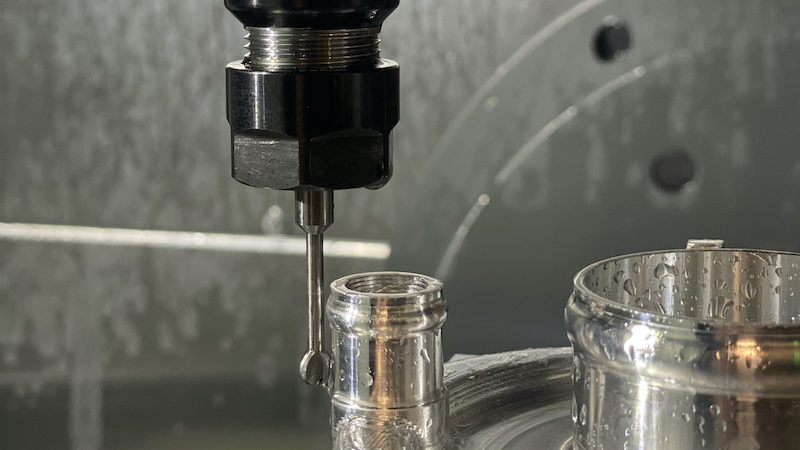
Dovetail
The dovetail undercut is a machined undercut that uses specific angles that resemble a dovetail. This undercut is suitable to combine two parts so that they can interlock together with a secure sealing. You will need to use a 45 to 60-degree angle to make this undercut, with a slight tapered feature.
Undercut machining – One-sided
Sometimes, you only need to create an undercut on one side of the material workpiece. For this purpose, you must create a one-sided undercut using a lollipop cutter tool. This undercut is suitable for fitting a specific component into a side of the workpiece material, such as retaining rings or seals.
Undercut machining – T-slot
The T-slot undercut gives the T-shaped cavity on the machined part. You can use this T-shaped cavity for a sliding mechanism, whereby you insert the head of another component into the cavity. To create this undercut, you will need a 2-step process. The first is to machine the workpiece to make a regular slot. Next, the T-cutter tool will machine the regular slot into the T-shaped cavity.
Tapered undercut
In CNC mechanical assembly, sometimes you need a tapered undercut part that will be a snug fit to other components. This undercut will use a tapered shape on the surface of the material workpiece with gradual sloping. You will need an end mill cutter to make this undercut shape. It will also give you better aesthetics for the final product.
Threaded undercut
This undercut machining style will feature internal threading in its undercut CNC machining part. Threaded undercuts are suitable for inserting various nuts and types of bolts when joining different components. A thread mill tool is essential for producing internal threads on the undercut machined parts.
Keyway
The keyway undercut will produce the key-locking mechanism for the machined part. It will host the key locks that you can use to join two components securely. You can use the keyway undercut to create the gearing system in various industrial applications. It uses the broach cutting tool to produce the machined undercut.
Undercut machining – Spherical
It is the type of undercut that has a spherical shape around the workpiece material. The material surface will have a 3D curved shape you can use as the assembly point for rotary parts. The rotary components can move around the curved sphere undercut. It is also suitable for creating the joint parts for bearings and ball joints.
O-ring groove
The O-ring groove is a specialized undercut machining shape suitable for hosting the O-ring component. The undercut part will seal the o-ring components and lock them into place. The o-ring components can help prevent leaks when you use the final product later. The o-ring groove cutters will be necessary to produce the o-ring undercut.
Undercut Machining – Relief
During the production of joining parts for bearings, relief undercut becomes an essential part to make. A relief undercut contains limited-size grooves or recess areas to give the bearings more flexibility during their movements. The standard end mill undercut tool is enough to create these relief undercuts. The slotting technique is also suitable for producing the limited-size grooves of relief undercut as you need them.
These are the undercut machining types you can use across various industrial applications. Each undercut shape will be suitable for different usage scenarios. You will also need to use specialized tools to produce these undercut shapes.
Conclusion
Undercut machining techniques in CNC production will give you various undercut shapes suitable for different projects. Undercut machining will take care of the production of intricate geometries for your final product. In the assembly process, undercuts will become essential for various industries. TEAM Rapid is a leading manufacture in China, we offer not only CNC rapid prototyping for sampling, but also CNC machining for mass production. Contact us at [email protected] today to request a free quote now!
